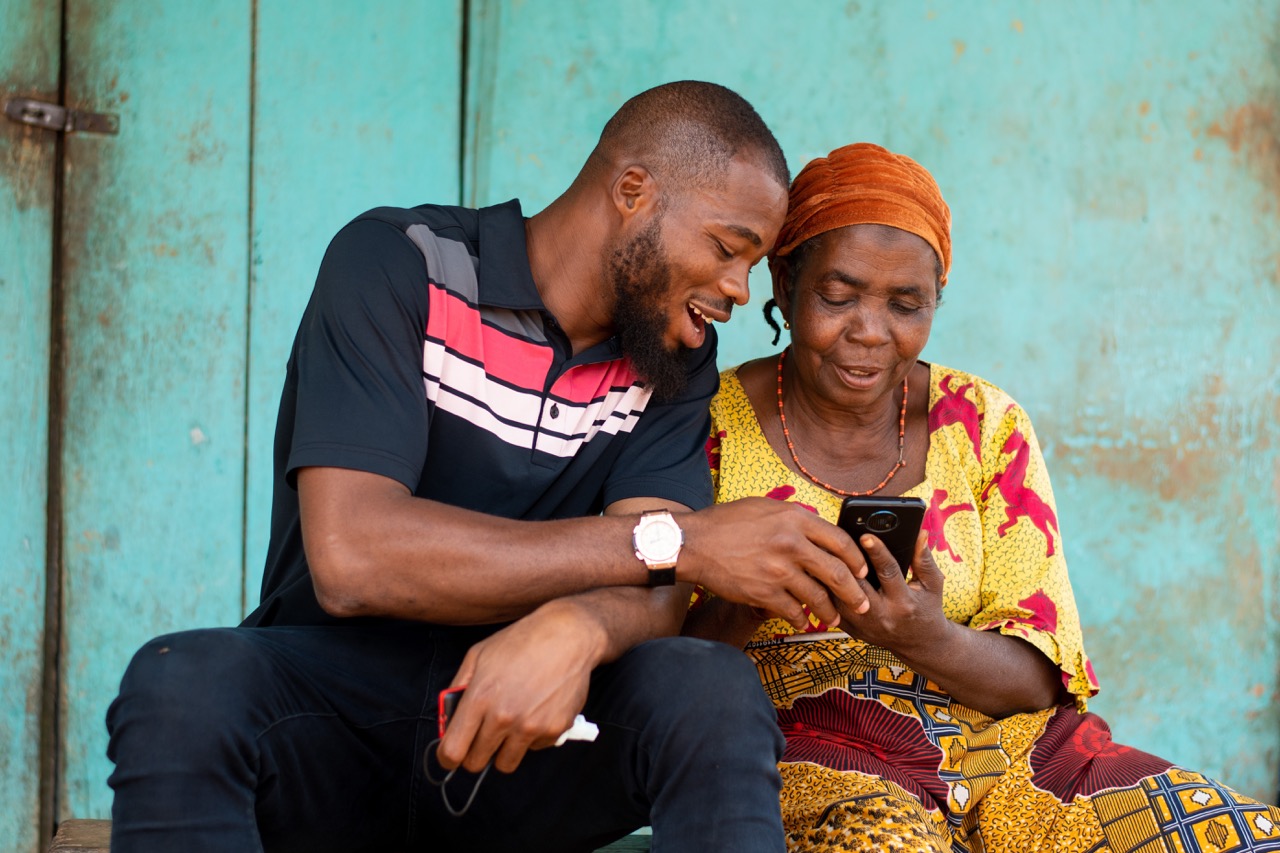Bridging the digital divide with smartphones in the Africa region

As we navigate an era where work, social interactions, and entertainment increasingly take place in the digital realm, the digital divide poses significant challenges to the growth and development of individuals, communities, and nations. This divide results in disparities between those who can access and benefit from modern technologies and those who cannot, often due to social or economic factors.
Smartphones and mobile connectivity are instrumental in addressing this issue. In many developing countries, people rely on mobile devices as an alternative to home broadband for connecting with the online world. For instance, in Africa, mobile technology has facilitated better access to essential resources such as employment, education, and healthcare. Today, these devices and technologies enable more widespread access to vital skills, digital services, and information, fostering inclusive development opportunities and boosting productivity.
A report indicates that in 2021 mobile technologies and services generated around 8% of GDP in sub-Saharan Africa, a contribution that amounted to almost US$ 140 billion added economic value. By 2025, the contribution of mobile will grow by $65 billion (to nearly US$155 billion), as countries in the region increasingly benefit from the productivity and efficiency improvements brought by increased the acceptance of mobile services.
Growth Potential
According to GSMA data (GSMA data), the Sub-Saharan Africa region had 515 million unique mobile subscribers in 2021, representing a 46% penetration rate. By 2025, this number is projected to increase to 613 million, with a 50% penetration rate. In this region, 4G technology accounted for only 17% in 2021 but is expected to reach 33% by 2025. Additionally, 41 million 5G connections are anticipated in the region by 2025, comprising 4% of the total.
In 2021, 49% of mobile connections involved smartphones, a figure projected to rise to 61% by 2025.
In Sub-Saharan Africa, mobile connectivity “has the potential to accelerate digital transformation and drive socio-economic progress, but realizing this potential requires policy measures to support investment in networks and improve the accessibility of digital services for consumers,” asserts the GSMA report (GSMA report.).
Regional Analysis
The report provides a more in-depth examination of different regions:
- In the Economic Community of Central African States (ECCAS), mobile subscriber penetration was 43% in 2021 and is expected to reach 47% by 2025. Smartphone adoption stood at 41% in 2021 and is projected to increase to 51% by 2025.
- In the Economic Community of West African States (ECOWAS), mobile subscriber penetration was 50% in 2021, with an anticipated increase to 53% by 2025. Smartphone adoption was 44% in 2021 and is projected to rise to 62% by 2025.
- In the Southern African Development Community (SADC), mobile subscriber penetration reached 47% in 2021 and is expected to grow to 50% by 2025. Smartphone adoption was 55% in 2021 and is projected to increase to 66% by 2025.
- In the East African Community (EAC), mobile subscriber penetration was 45% in 2021 and is expected to reach 48% by 2025. Smartphone adoption was around 42% in 2021 and is projected to rise to 56% by 2025.
- In Ethiopia, subscriber penetration stood at 34% in 2021 and is expected to reach 40% by 2025. Smartphone adoption was 43% in 2021 and is anticipated to grow to 48% by 2025.
- For their part, in the countries of North Africa, which are outside the sub-Saharan orbit, subscriber penetration reached 70% in 2021 and will expand to 73% in 2025. In 2021, the adoption of smartphones was 79%, and it will extend to 88% in 2025.
Unlocking Potential
Mobile phones hold immense potential to drive development and create opportunities in Africa. However, to unleash this potential, smartphones need to be affordable and offer advanced features. In addition, other challenges, such as literacy and internet usage gaps, must be addressed. For instance, the average literacy rate in Africa is around 67%, with sub-Saharan Africa having the lowest global levels. It’s essential to recognize the significant differences among African nations.
Currently, many people in Africa still rely on 2G-enabled phones, which often deliver a subpar user experience [2]. Furthermore, high-spec devices that offer an enhanced experience are frequently unattainable for those with lower incomes. The average cost of an entry-level smartphone in Africa remains at 60% of monthly income.
